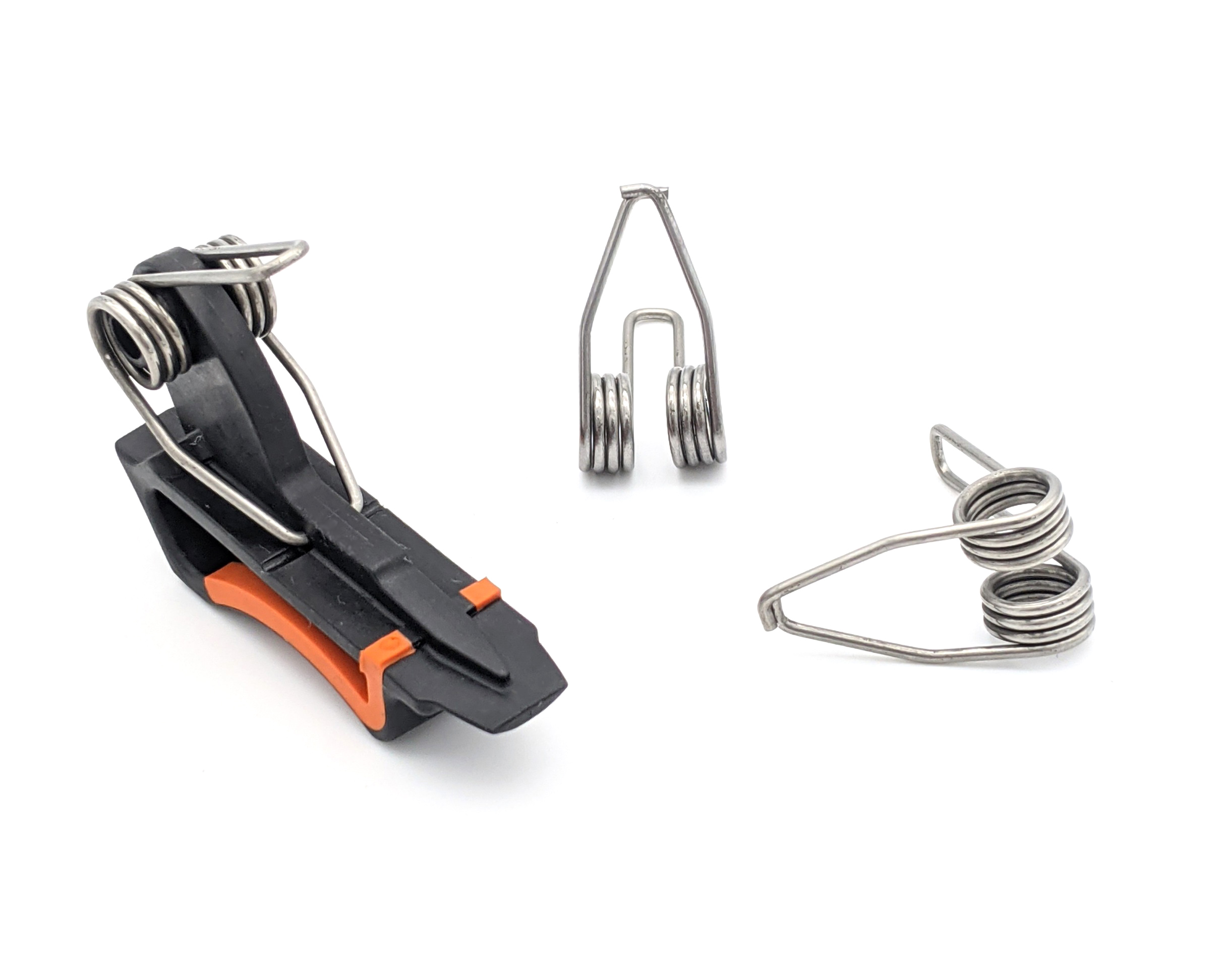Get unique, complex parts easily. No matter your requirements, Chaoyi Spring creates hard-to-produce coil springs and wire forms.
Let us help you create the custom wire form you need, from S-hooks and J-hooks to utility hooks and more.
We work closely with customers across a wide range of industries, helping them design and manufacture made-to-order parts.
Why choose Chaoyi Spring? We prioritize customer-focused collaboration, modern equipment and the latest technology to make your parts per print.
Find the information and guidance you need, from measuring a spring to learning about materials, placing an order and much more.
Choosing the right compression spring for your application can be a daunting task, but it's crucial for ensuring optimal performance and longevity. This comprehensive guide will delve into the factors


Choosing the right compression spring for your application can be a daunting task, but it's crucial for ensuring optimal performance and longevity. This comprehensive guide will delve into the factors to consider when selecting compression springs by size, providing valuable insights for making informed decisions. We'll cover everything from spring rate and load capacity to material properties and design considerations.

Compression springs are essential components in countless mechanical systems, acting as energy storage devices that resist compression forces. They are often used to provide a return force, absorb shock, or maintain a constant pressure. The size of a compression spring plays a critical role in its performance and suitability for a particular application. Let's break down the key aspects to consider when choosing compression springs by size.
Spring rate, measured in force per unit of deflection (e.g., pounds per inch or newtons per meter), is a crucial parameter. It dictates how much force the spring exerts for a given compression. Higher spring rates correspond to stiffer springs, while lower rates indicate more flexible springs. The load capacity of a spring refers to the maximum force it can withstand without permanent deformation. Understanding these factors is essential for selecting a spring that can handle the intended loads in your application.
The wire diameter and coil diameter significantly influence a compression spring's performance. A larger wire diameter generally results in a stiffer spring with a higher load capacity. Conversely, a smaller wire diameter creates a more flexible spring with a lower load capacity. The coil diameter affects the spring's length and the amount of compression it can handle. Larger coil diameters allow for greater compression, while smaller diameters limit the compression distance.
The spring length refers to the overall length of the spring, including the ends. Free length, on the other hand, is the length of the spring when it's unloaded. It's important to select a spring with a free length that allows for sufficient compression without reaching the solid height. The solid height is the shortest length the spring can attain without permanent deformation.
The material used for compression springs plays a significant role in their performance. Spring steel, a highly elastic material, is widely used due to its strength, durability, and resilience. However, other materials like stainless steel, phosphor bronze, and titanium are chosen for specific applications requiring corrosion resistance or other unique properties.
Several design considerations influence the size and functionality of a compression spring. These include the type of end configuration (e.g., squared and ground, closed and ground, or plain ends), the number of active coils (coils that contribute to spring action), and the spring index (the ratio of coil diameter to wire diameter). The design choices should be aligned with the specific requirements of the application.
Determining the appropriate size of a compression spring involves a careful analysis of factors like load, deflection, available space, and operating environment. It's crucial to involve engineers or spring specialists who can provide expert guidance and ensure the selected spring meets all design criteria. Consulting with a spring manufacturer is highly recommended for complex or critical applications.
Compression springs are ubiquitous in various industries and applications. Here are some examples illustrating their use:
Selecting the correct size compression spring offers numerous benefits:
Choosing compression springs by size is a critical aspect of mechanical design. It's essential to carefully consider factors like spring rate, load capacity, wire diameter, coil diameter, spring length, material properties, and design considerations. By making informed decisions, you can select the right spring for your application, ensuring optimal performance, longevity, and overall system reliability.
Remember, choosing the right compression spring is a crucial step in ensuring your mechanical systems operate efficiently and safely. By understanding the key factors and seeking expert guidance when needed, you can make confident decisions that lead to optimal performance and peace of mind.
Browse some of the custom wire forms and springs that we manufacture. Don’t see what you need? We specialize in made-to-order products that meet your application requirements.
Visit Our GalleryNeed a custom wire form or coil spring? We make it work. Fill out the contact form and a representative will respond within 1 business day. If you have a PDF or CAD file, you can submit to request a quote.